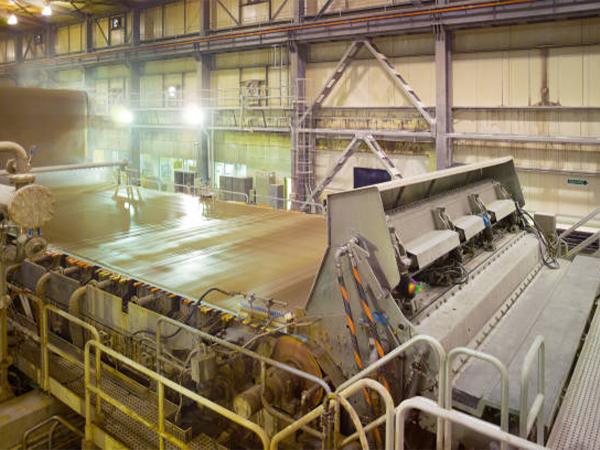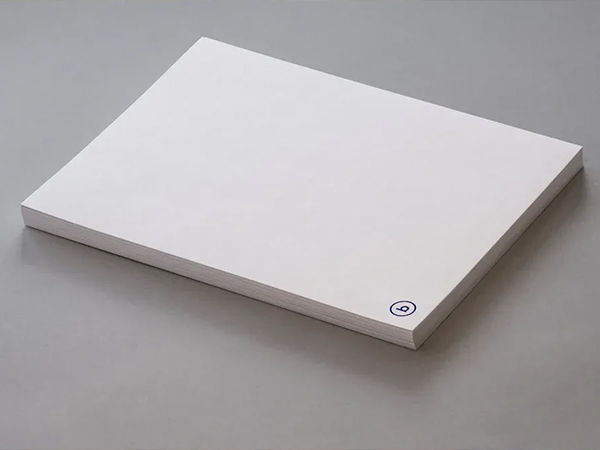Foam is an inevitable by-product in modern paper production. Whether during pulp processing, white water circulation, or paper coating, uncontrolled foam can lead to sheet defects, poor drainage, and reduced machine efficiency. This makes the selection of an effective defoaming agent for papermaking crucial for operational stability and paper quality.
Among the most commonly used antifoams are fatty alcohol, silicone, and polyether-based defoamers—each with its unique strengths and limitations.
Performance Comparison: Fatty Alcohol vs. Silicone vs. Polyether
To help papermakers make informed decisions, we’ve created a visual comparison of the three mainstream defoamer types. The table below outlines their differences in terms of composition, efficiency, compatibility, and environmental performance.
| Criteria | Silicone-Based Defoamer | Polyether-Based Defoamer | Fatty Alcohol-Based Defoamer |
|---|---|---|---|
| Main Ingredients | Silicone oil + emulsifier + hydrophobic silica | Polyether compounds + stabilizers | Fatty alcohols + emulsifiers + dispersants |
| Foam Breaking | ✔✔✔ (Excellent) | ✔ (Limited) | ✔✔ (Good) |
| Foam Suppression | ✔✔ (Good) | ✔✔✔ (Very Strong) | ✔✔ (Moderate to Strong) |
| Application Systems | Aqueous and oil-based | Mainly aqueous | Mainly aqueous |
| Recommended Usage Time | Before or after foaming | Before foaming | Before foaming or during operation |
| Toxicity & Safety | Non-toxic, odorless, no irritation | Generally safe | Low toxicity, environmentally friendly |
| Typical Application Issues | Emulsification instability may reduce performance | Weak foam-breaking ability | May require higher dosage for strong foam loads |
| Industries Applied | Paper, textiles, coatings, wastewater treatment, petrochemical | Water-based paints, adhesives, detergents | Paper, water treatment, agriculture, fermentation |
- Fatty alcohol defoamer like Azpc® FA-D01 is known for its excellent environmental profile, good dispersibility, and suitability for neutral/alkaline systems.
- Silicone defoamer such as Azpc® Si-D02 offers high-temperature stability, fast defoaming, and broad-spectrum performance, making it ideal for demanding paper machine environments.
- Polyether defoamer, like Azpc® Pe-D01, provides strong anti-foaming persistence, especially suitable for white water systems and recycled fiber lines.
Application Recommendations by Papermaking Stage
Choosing the right defoamer also depends on the specific process step or paper grade:
- Wet-end foam control
→ Use silicone defoamer or polyether defoamer for fast defoaming and system compatibility. - Pulp processing and recycled fiber
→ Polyether defoamer works well due to its persistence and low re-foaming tendency. - Paper coating kitchens
→ Fatty alcohol defoamer is preferred for its clean decomposition and low COD contribution. - White water treatment and closed-loop systems
→ Choose fatty alcohol or polyether types depending on the drainage load and foam volume. - High-speed machines (≥800 m/min)
→ Silicone defoamer excels under thermal and mechanical stress.
Conclusion
While all three defoamer types—fatty alcohol, silicone, and polyether—serve to control foam, the best choice depends on your production conditions, cost considerations, and system chemistry. For optimal results, many paper mills even use a combination strategy to balance fast defoaming with long-lasting suppression.
Need help selecting the right antifoam for your process? Contact us today or explore our range of high-performance defoamers:
🔗 Azpc® FA-D01 – Fatty Alcohol Defoamer
🔗 Azpc® Si-D02 – Silicone Defoamer
🔗 Azpc® Pe-D01 – Polyether Defoamer






